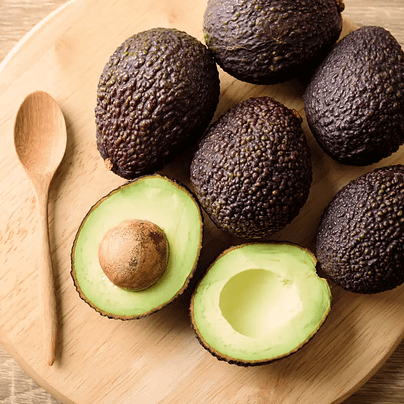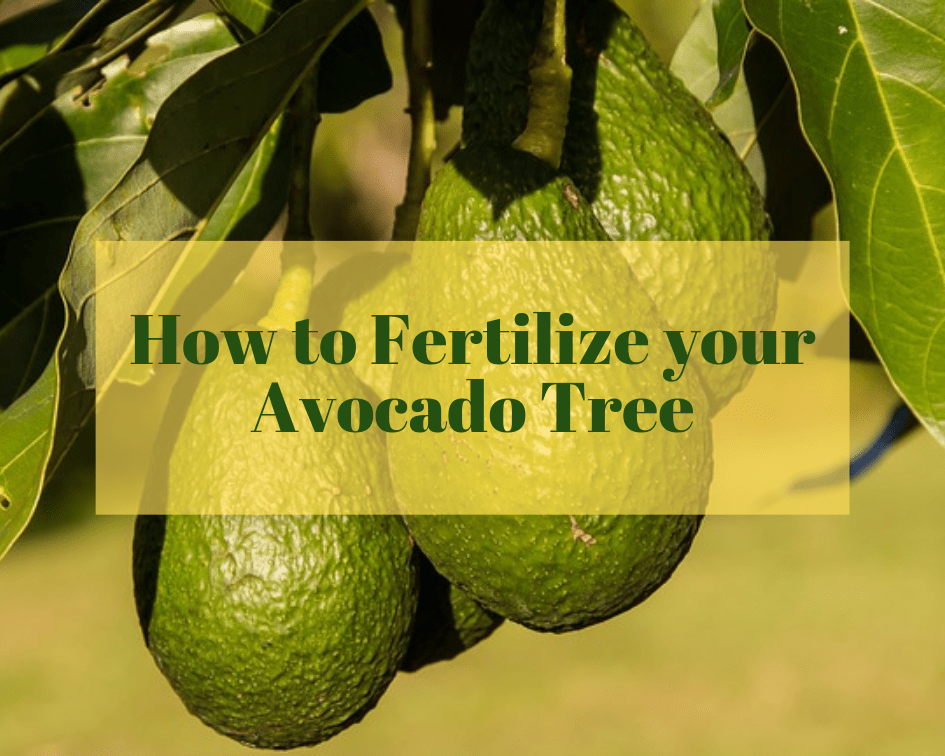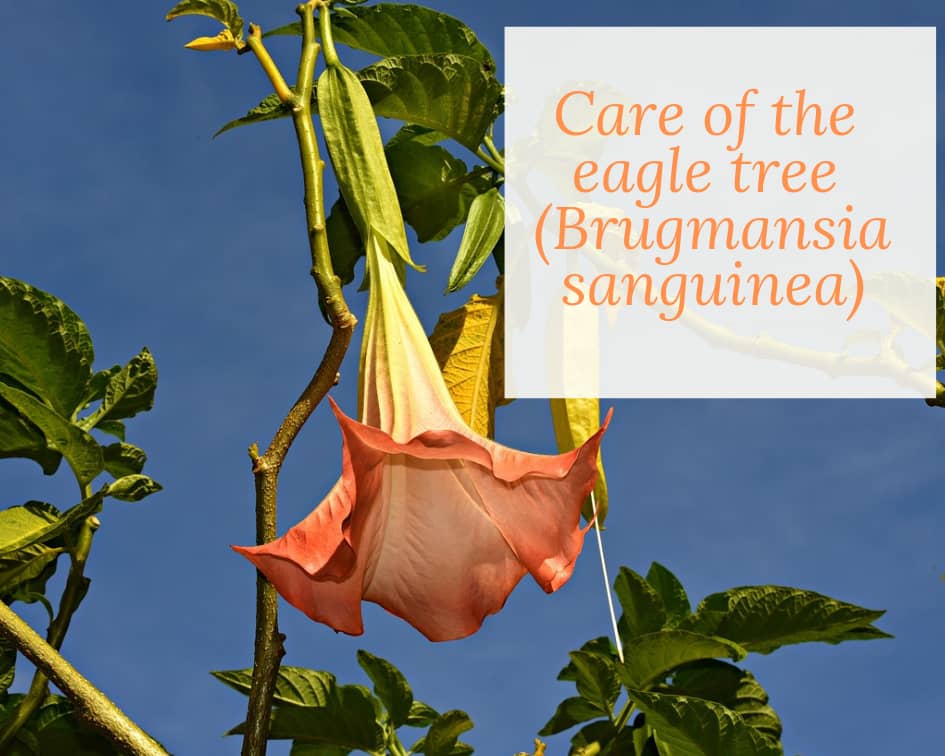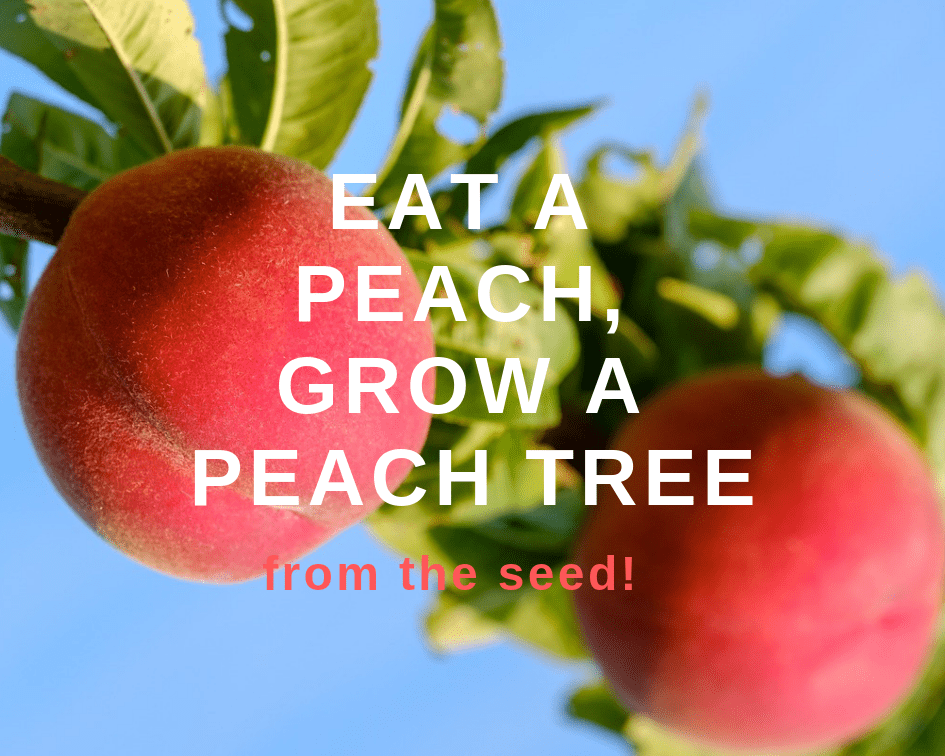This post may contain affiliate links. As an Amazon Associate we earn from qualifying purchases.
It’s roots are a bit fragile when it’s young, so be mindful of that when you fertilize avocado trees.
A common misconception about the avocado (Persea americana) is that it is a vegetable. I grew up believing that as I’m sure many of you did too.
Not only is it a fruit, but the avocado is a berry, since it was produced from a single flower and it has fleshy fruit.
Whatever you choose to call it, there’s no doubt about its popularity. Avocado growers in the United States produce about 226,450 tons of the fruit each year.
The avocado tree is sensitive to cold, requires a long growing season and does best in U.S. Department of Agriculture plant hardiness zones 10 through 12 (find your growing zone here).
Fertilizing the avocado tree is a process that depends on the tree’s age. The basics, however, include nitrogen, potassium, phosphorous and zinc.
Avocado tree fertilizer at planting
If you haven’t yet purchased your avocado tree, figure out where you’ll plant it. Then, perform a soil test. Seriously, this is the only way to know what your soil needs to support the life of your new avocado tree. I could rattle off to add this, that or something else, but how on earth would I know what your soil needs?
Most online avocado planting instructions that I’ve see call for the addition of triple super phosphate (0-46-0 fertilizer) to the planting hole. Again, how do they know what your soil needs?
Get the soil tested and follow the instructions as to what, if any, amendments you should add to the soil. Not the planting hole, but the soil that you’ll be planting it in, spread out to a few feet beyond the area in which you’ll dig the planting hole.
Avoid placing any amendments in the planting hole to prevent burning the roots, and girdling.

How to fertilize avocado during its first year
Young avocado trees are susceptible to root burn from too much fertilizer, so resist the urge to over-feed it to get it to grow faster.
By about 4 months after planting, the soil might need a jolt of nutrients, so give the avocado tree 4 ounces of a high phosphate fertilizer, such as this one at Amazon.com. Apply another 4 ounces at 8 months after planting.
Spread the fertilizer evenly from about 1 foot beyond the tree’s trunk to one foot beyond the drip line and scratch it carefully into the soil (remember the shallow roots).
Subsequent Years’ Avocado Tree Fertilizer
Avocado trees love their annual shot of nitrogen and you’ll love how yours, when it gets that shot, pays you back with more fruit.
Nitrogen is the one part of NPK in the soil that tends to not stick around very long. Nitrogen depletion is most common in soils that drain well, such as sandy soils.
Excessive irrigation and/or lots or rain will quickly deplete the nitrogen content of the soil as well. Nitrogen content in any soil, however, can fluctuate. “For this reason, soil nitrogen testing is only useful for predicting immediate fertilizer needs,” according to Tracy Allen with the University of Massachusetts Amherst.
This is the reason that most of the soil tests that homeowners purchase don’t typically measure for nitrogen. The test will only “… give you available nitrogen levels at the time of sampling,” Allen concludes.
So, yes, give your avocado an application of nitrogen fertilizer (21-7-14) once a year. We found it at Home Depot. The amount to apply varies as to the person giving advice, but the most common is that the tree requires 1.5 to 2 lbs. of actual nitrogen per year.
“Actual nitrogen?” “… a 50 pound bag of a 21-7-14 fertilizer is 21% nitrogen, 7% phosphorus, and 14% potassium. To figure the actual pounds of the nutrient, just multiply the weight of the bag times the percent – 50 x 0.21 = 10.5 pounds of actual nitrogen in the 50 pound bag.” [Mike Morrow, Texas A&M University]
But don’t neglect performing a soil test. “Occasionally zinc and possibly other minor elements should be applied, and some research has indicated that additional phosphorus and potassium may be desirable for long-term improvement in yield on some soils,” according to Gary S. Bender, Ph.D. Emeritus – Farm Advisor with the University of California Cooperative Extension in San Diego County, California, in the book “Avocado Production in California.”
Again, much of what your avocado tree needs depends on the soil. Grown in highly acidic soil, your tree may need extra calcium, for instance (we dive deeper into this, below).
Supplemental nutrition for the avocado tree
If you are growing your avocado tree in soil with high pH levels, you may need to supplement your fertilizer program with zinc.
Symptoms of a zinc deficiency typically show up in new growth and include:
- New leaves are smaller than normal
- Leaves appear yellow or light green between the veins
- Small fruit
Apply zinc sulfate (see the Resources section below) at the dripline and water it in to a depth of at least 6 inches. The amount to use depends on the size of the tree and the type of soil in which it’s growing. Experts at the University of Hawai’i suggest that a two-year old tree be given 0.7 pounds of zinc. Give older avocado trees (20 years and beyond) 6.5 pounds of zinc.
They also claim that one application should be sufficient to last “several years.”
Never fertilizer a dry tree. Water the soil the evening before you plan on fertilizing so that the avocado tree’s roots have a chance to absorb the moisture and avoid fertilizer-burn.
Then, water again after application.





